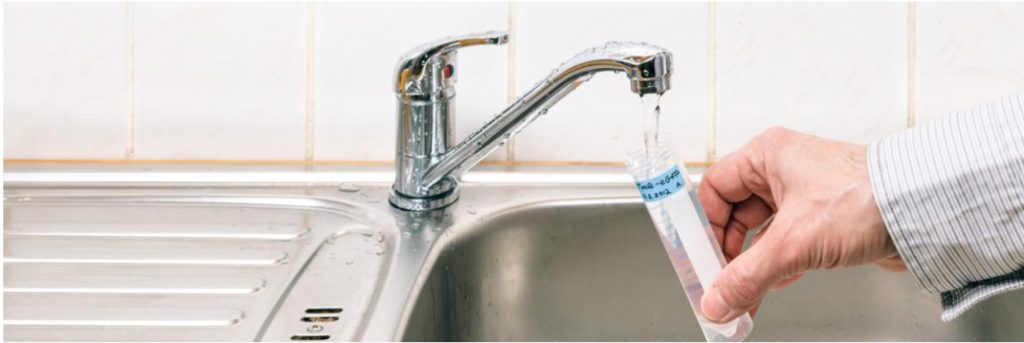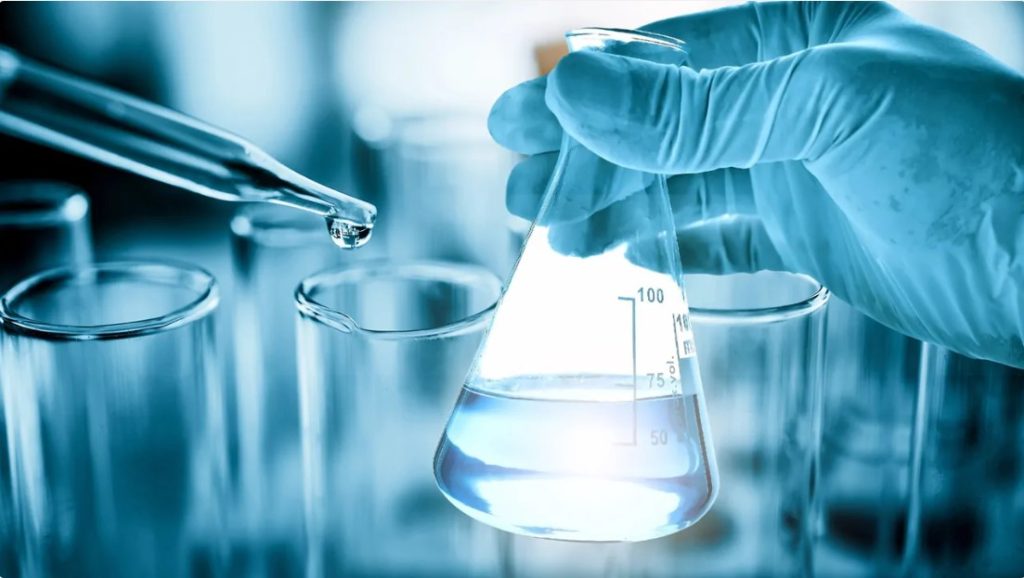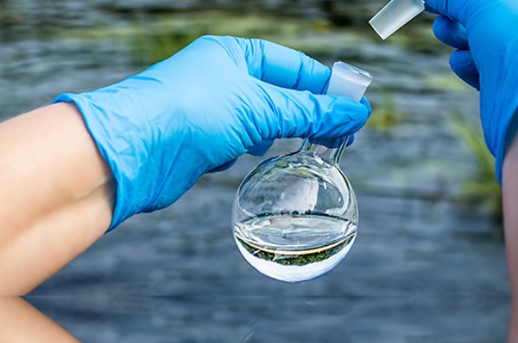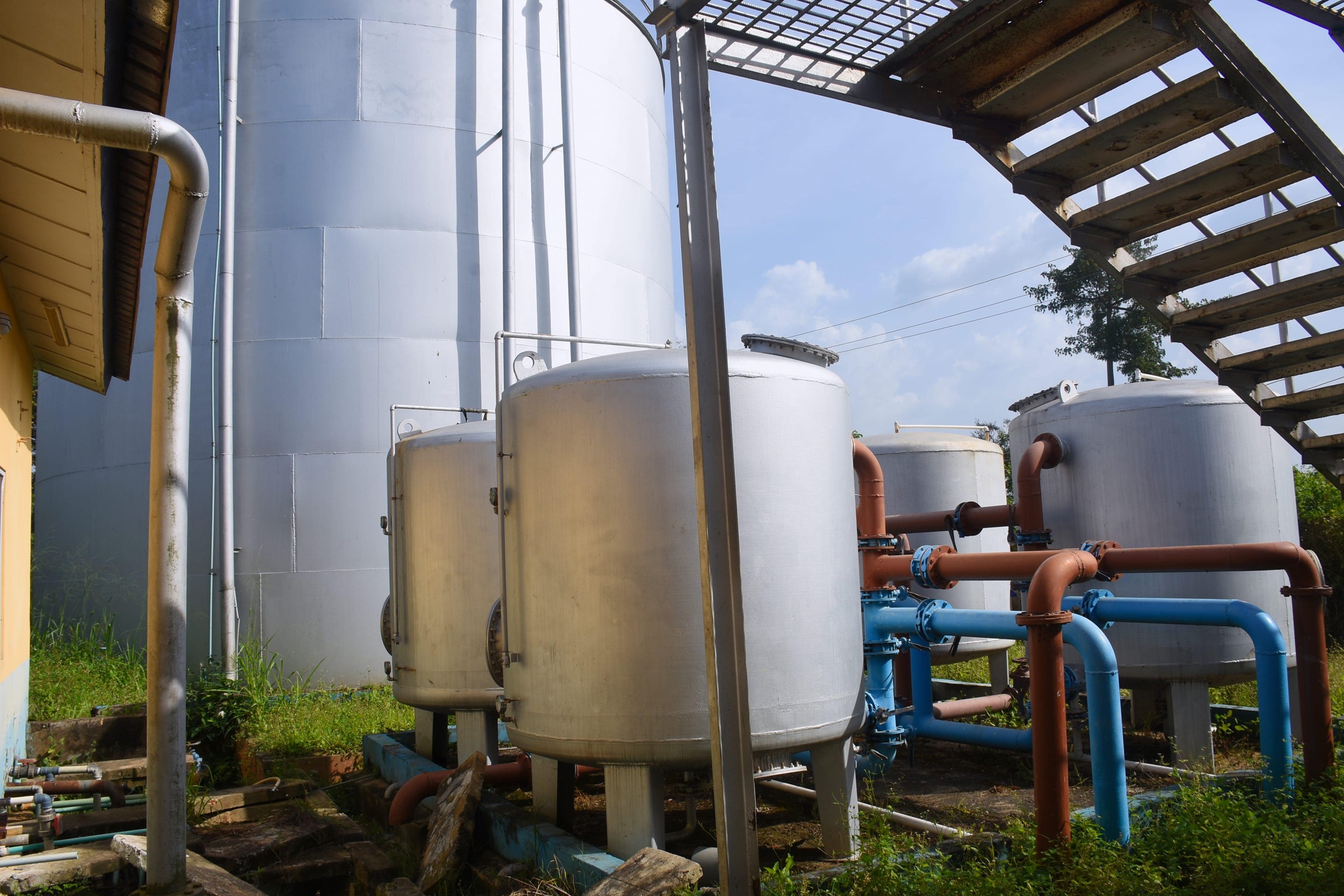Water Quality

Ekiti State has one of the safest water supplies in the world.
Drinking water quality varies from place to place, depending on the condition of the source water from which it is drawn and the treatment it receives, but it must meet global Environmental Protection Agency regulations. Community water systems follow the rules set forth by the (NAFDAC). Many states enforce their own drinking water standards that are at least as protective as NAFDAC national standards. The NAFDAC rules include guidelines for drinking water quality, water testing schedules, and water testing methods.
Even though Ekiti State Water and Sewerage Company LTD’s tap water supplies are considered to be among the safest in the world, water contamination can still occur. There are many possible sources of contamination, including:
- Sewage releases
- Naturally occurring chemicals and minerals (for example, arsenic, radon, uranium)
- Local land use practices (for example, fertilizers, pesticides, livestock, concentrated feeding operations)
- Manufacturing processes (for example, heavy metals, cyanide)
- Malfunctioning on-site wastewater treatment systems (for example, septic systems)
In addition, drinking water that is not properly treated or that travels through an improperly maintained distribution system (pipes) may also create conditions that increase risk of contamination.

Water quality is measured by several factors, such as the concentration of dissolved oxygen, bacteria levels, the amount of salt (or salinity), or the amount of material suspended in the water (turbidity). In some bodies of water, the concentration of microscopic algae and quantities of pesticides, herbicides, heavy metals, and other contaminants may also be measured to determine water quality.
Although scientific measurements are used to define water quality, it is not a simple thing to say “that water is good” or “that water is bad.” So, the determination is typically made relative to the purpose of the water – is it for drinking or to wash a car with or for some other purpose?
Poor water quality can pose a health risk for people. Poor water quality can also pose a health risk for ecosystems.
In the Florida Keys, good water quality is essential to a healthy marine ecosystem. Seagrass and coral reef communities thrive in clean water that is relatively low in nutrients. Too many nutrients in the water can cause excess growth of algae, which can smother corals and seagrass. Pollutants such as metals, oils, pesticides, and fertilizers run off from land into the waters, causing excess algae growth and other harmful impacts.
Within Florida Keys National Marine Sanctuary, recommendations for actions to restore and maintain water quality conditions needed to sustain healthy plant and animal populations are generated through the Water Quality Protection Program.
There are things you can do to prevent degradation to sanctuary waters, such assupporting and participating in advanced wastewater treatment programs that remove unwanted nutrients and harmful bacteria, using “pump-out” stations for your vessel’s sanitation device, using as many “green” products as possible at home, and reducing or eliminating the use of fertilizers, herbicides, and pesticides.
HYPOCHLORITE ASSESSMENT MODEL

This predictive modeling tool, available exclusively to AWWA utility members, provides guidance on the expected levels of perchlorate and chlorate in stored bulk hypochlorite solutions. The calculations are based on predictive algorithms derived from earlier research on the subject and local, user-defined inputs (e.g., storage conditions, ionic strength, ambient temperature).
The output is intended to help utilities determine the appropriate storage-time/life-cycle for the hypochlorite solution based on the expected rate of degradation and contaminant formation. Such a tool will better enable utilities to manage supply and/or take other countermeasures to mitigate further degradation that could cause an exceedance of a regulated contaminant standard.
Water Supplies
Sewerage
Dam Building
Partnership
How we work
Discussion
Strategy
Implementation
Results
Support
Prices
Maintenance and repairs of damages
FREE!
Five thousand litters (5,000L)
N1,000
Ten thousand litters (10,000L)
N1,500
Fifteen thousand litters (10,000L)
N2,500
Twenty thousand litters (20,000L)
N3,000
Twenty-Five thousand litters (25,000L)
